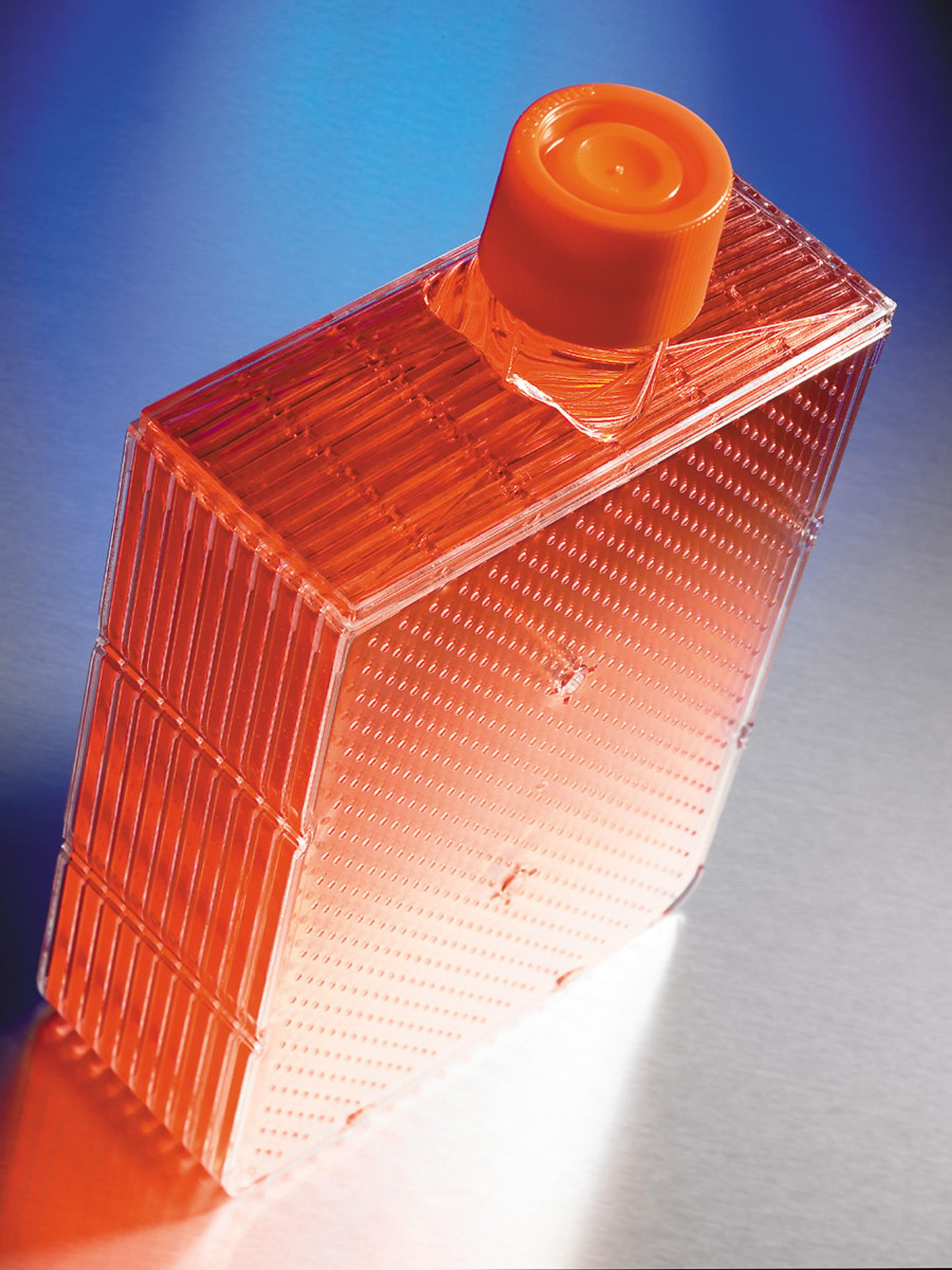Corning Life Sciences Announces New HYPER<i>Flask</i>™ Cell Culture Vessel
29 Apr 2007Corning Incorporated, a global supplier of scientific laboratory and drug discovery products for more than 90 years, today announced the new HYPERFlask™ vessel for high density cell culture. The HYPERFlask vessel features a novel multi-layer design that has the same overall dimensions as a standard T175 flask but grows approximately 10 times as many cells. Using the Corning® HYPERFlask vessel, customers can significantly decrease processing and handling time while reducing space utilization and disposal requirements.
"For more than 90 years we have been dedicated to making significant investments in research and development in order to deliver state-of-the-art technologies and innovations to researchers worldwide," said Jeff Mooney, director commercial technology, Corning Life Sciences. "The HYPERFlask vessel clearly demonstrates our commitment to providing customers with a first-of-its-kind solution that enables more efficient use of time and resources in the lab and helps deliver more accurate results."
The HYPERFlask vessel has ten equivalent layers or 'flaskettes', each containing a gas permeable cell growth layer, that are joined together to form a multi-layered cell culture vessel. The HYPERFlask cell culture vessel incorporates an air gap between each flaskette for optimal gas exchange and each flaskette is treated with the Corning CellBIND® Surface for optimum cell attachment and growth. The HYPERFlask vessels are designed for manual use as well as for use in The Automation Partnership SelecT™ automated cell culture system, the only cell culture automation system compatible with a T175 flask.
Corning Life Sciences helps customers succeed by providing innovative, high-quality products and service in the areas of polymer science, biochemistry and molecular biology, glass melting and forming, surface modification and characterization science. Corning cell culture and assay labware products include tissue culture dishes, six, 12, 24, 48, 96, 384, and 1536-well microplates, roller bottles, flasks, and CellSTACK®culture chambers. The business' dedication to quality, technology, and innovation has enabled it to produce a comprehensive line of plastic laboratory disposables and reusable glassware that exceeds American Standard Testing Method (ASTM) standards for life science research.
The HYPERFlask™ cell culture vessel will be available in March 2007.

